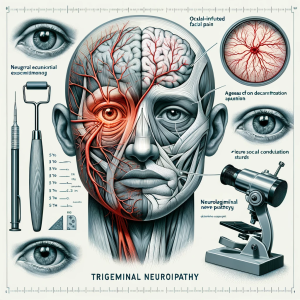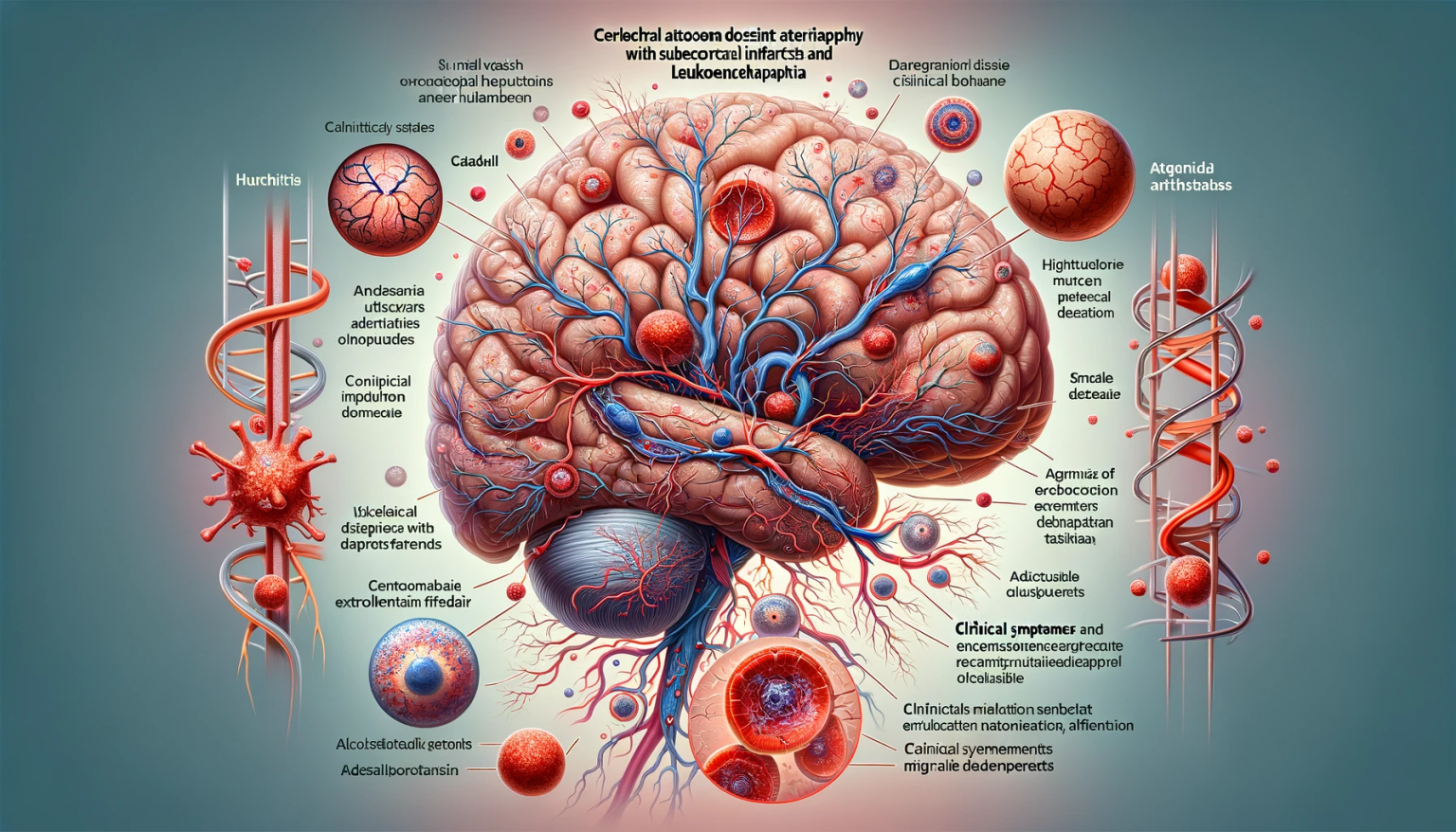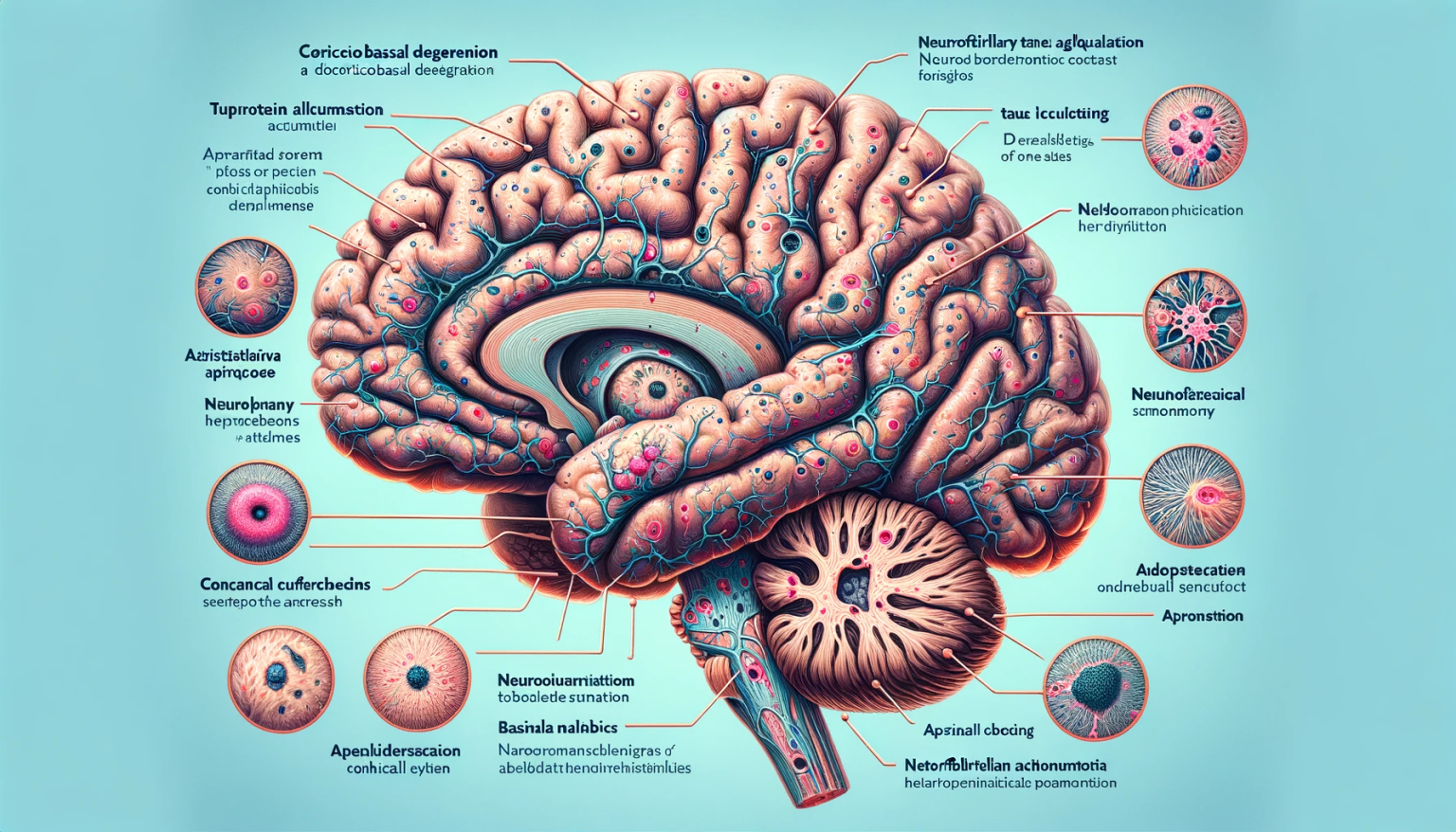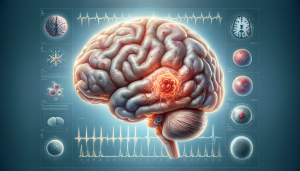
Prologue
The intricate interplay between visual strain and facial pain presents a complex diagnostic challenge for clinicians. Prolonged periods of ocular engagement, such as reading or screen exposure, can precipitate discomfort in the regions innervated by the trigeminal nerve – namely, the eyes, nose, and mouth. This article explores the hypothesis that such symptomatology, when triggered by visual tasks, could be a manifestation of trigeminal neuropathy, either unilateral or bilateral.
Neuroanatomy and Pathophysiology
The trigeminal nerve (Cranial Nerve V) is the principal sensory nerve responsible for innervating facial structures. It branches into three major divisions: the ophthalmic (V1), maxillary (V2), and mandibular (V3) nerves, each supplying distinct facial regions. Neuropathy affecting this nerve can result in dysesthesia, characterized by pain without apparent nociceptive stimuli. The engagement in visual tasks may exacerbate these symptoms by inducing a heightened sensory input to an already compromised trigeminal pathway.
Clinical Presenta tion of Trigeminal Neuropathy
Patients with trigeminal neuropathy may report a spectrum of discomfort, ranging from a dull ache to severe lancinating pain, often accentuated by visual strain. This may be due to the increased demand placed on the ophthalmic division, leading to referred pain in the V2 and V3 distributions. Notably, the presence of pain in the absence of ocular pathology necessitates an investigation into trigeminal integrity.
Etiological Considerations
The etiology of trigeminal neuropathy can be multifactorial. It may arise from compressive lesions, demyelinating conditions, metabolic disorders, or as a sequelae of systemic diseases. In the context of ocular-induced pain, one must consider the role of microvascular changes, neural hyperexcitability, or connective tissue disorders that compromise the nerve’s function.
Diagnostic Approaches
To discern the potential link between visual strain and trigeminal neuropathy, a comprehensive evaluation is warranted. This includes a detailed history, neuroimaging, and possibly neurophysiological studies such as blink reflex testing or trigeminal evoked potentials. The goal is to localize the site of lesion and assess the extent of sensory disturbance.
Management Strategies
Management of trigeminal neuropathy hinges on the underlying cause. Pharmacologic interventions, including anticonvulsants or antidepressants, may be beneficial in alleviating neuropathic pain. In cases where visual strain is a significant trigger, ergonomic adjustments and visual hygiene may be critical adjunctive strategies.
Summary
Facial pain triggered by visual strain may be a clinical indicator of trigeminal neuropathy. This association underscores the necessity for a vigilant assessment strategy that integrates neuroanatomic understanding with a tailored investigative approach. Recognizing this relationship is paramount in guiding therapeutic decisions and improving patient outcomes








